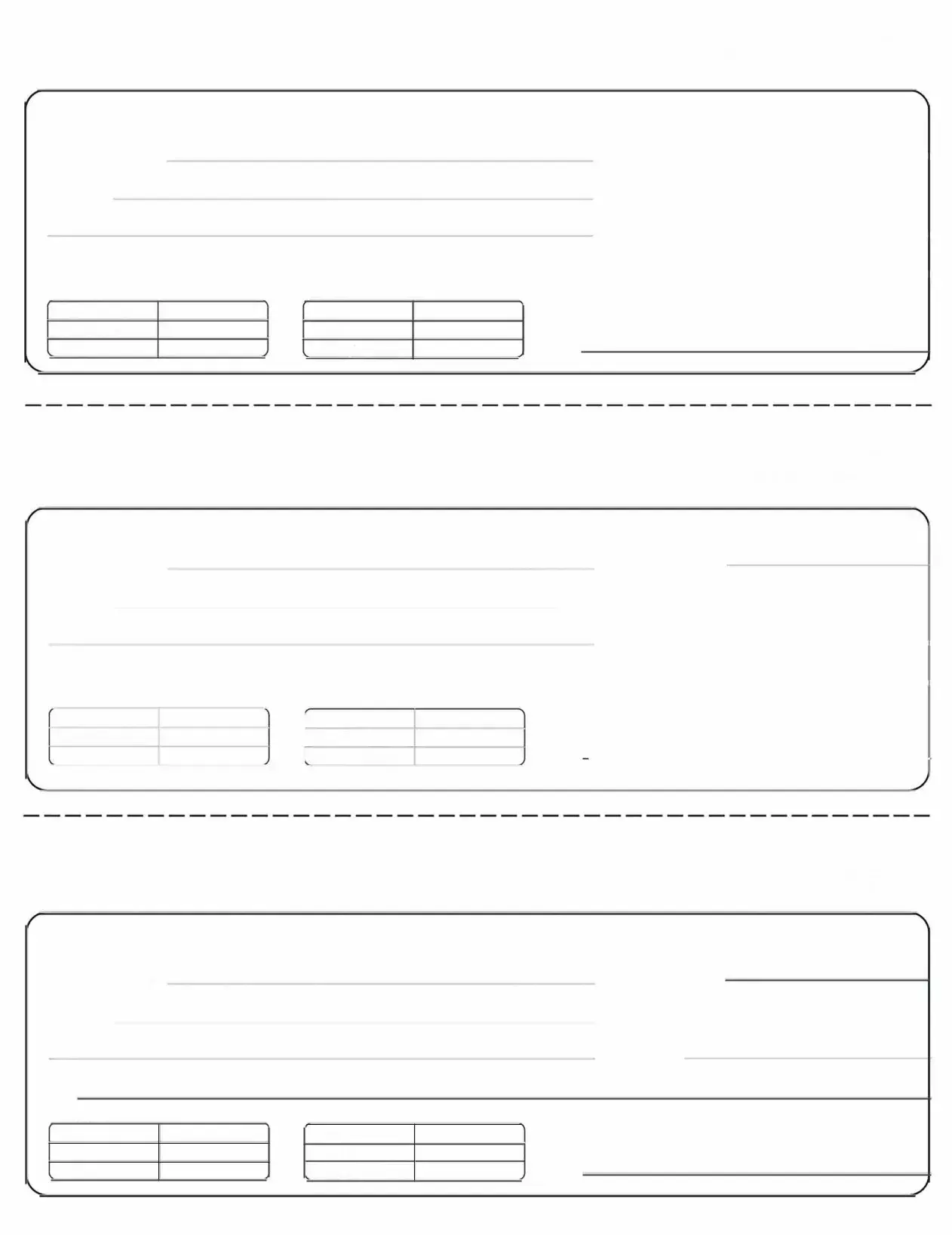What is a Cash Receipt form?
A Cash Receipt form is a document used to acknowledge the receipt of payment in cash. This form typically includes vital information such as the amount received, date of transaction, the name of the person or entity making the payment, and the reason for the cash transaction. It serves as proof that the receiver has accepted cash, usually in exchange for goods or services.
Why is keeping a Cash Receipt form important?
Keeping a Cash Receipt form is crucial for several reasons. Firstly, it provides a clear record of cash transactions, which is essential for accurate bookkeeping and financial management. Secondly, it helps in tracking the inflow of cash, enabling better cash flow management. Thirdly, for businesses, it is vital for tax reporting purposes, as it substantiates cash income. Lastly, it serves as evidence in disputes over cash payments, offering protection for both parties involved in the transaction.
What information should be included on a Cash Receipt form?
Essential information that should be included on a Cash Receipt form includes the date of the transaction, the amount of cash received, the name and contact details of the person or entity making the payment, and the reason for the cash payment. Additionally, it is recommended to include a unique receipt number for tracking purposes, the name and signature of the person receiving the cash, and any terms or conditions related to the transaction.
How can one ensure the accuracy of a Cash Receipt?
To ensure the accuracy of a Cash Receipt, it is advisable to fill out the form immediately after the transaction. Both parties involved should verify the details of the cash payment, including the amount and the reason for payment. Double-checking the information while the payer is still present can prevent discrepancies. Keeping digital records or copies of all cash receipt forms can also aid in maintaining accurate financial records.
Is a digital Cash Receipt form as valid as a paper receipt?
Yes, a digital Cash Receipt form is considered as valid as a paper receipt, provided it contains all the necessary information required for a traditional cash receipt. With the advancement in digital transactions, electronic receipts are becoming increasingly accepted as proof of payment. However, it is crucial to ensure that digital receipts are securely stored and backed up to prevent loss of data.
What steps should be taken if a Cash Receipt is lost?
If a Cash Receipt is lost, it is essential to act promptly. The party who issued the receipt should be contacted to request a duplicate. Providing details such as the date of the transaction and the amount can facilitate this process. For businesses, maintaining a log of all transactions can be invaluable in such situations. It is also advisable to review bank statements or financial records that might provide evidence of the transaction.

